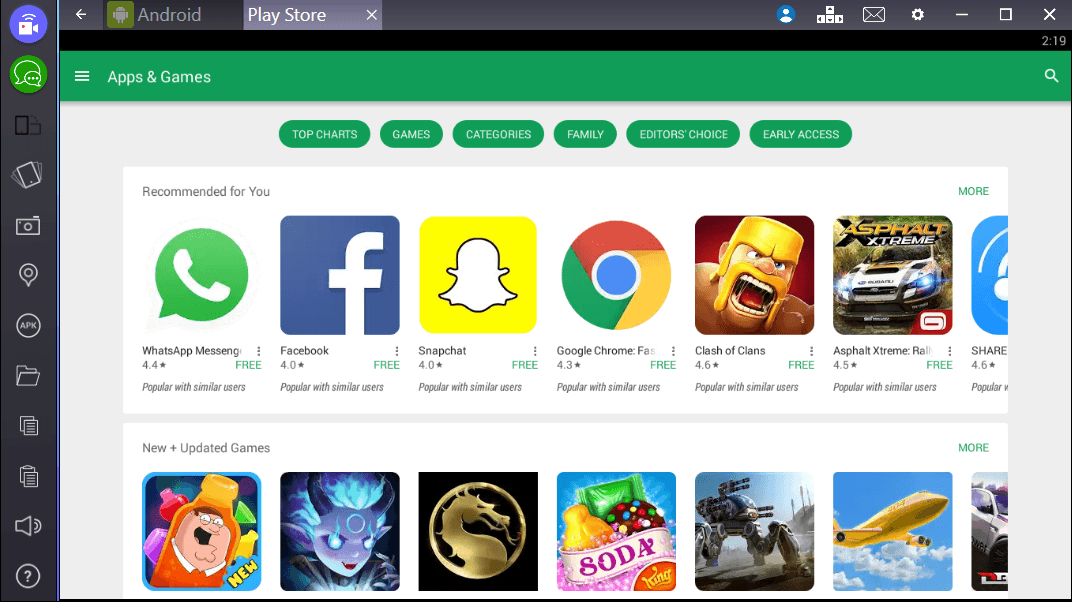

By default, it is designed to update apps only over the WiFi network. Turn on the Auto Update feature and let Google Play take care of the rest. Additionally, keeping tabs on the new updates is just not an efficient use of your time. Updating them manually can be a hectic task, to begin with. It comes in handy when the phone is plugged in charging, and you want to load the necessary applications onto the phone.Īccording to a report by Buildfire, the average use has around 40-60 apps on their phone. Install/load any app, ebook, movie, and more directly to your smartphone from the computer without touching the phone at all. If nothing appears, it’s not installed.Visit the Play store from your computer’s web browser while logged into the same Google account. Open Settings > Apps > Apps & features and search for it. If you’ve already installed the Windows Subsystem for Android (WSA), you’ll need to uninstall it. It’ll take a while to find the necessary files, then you’ll need to restart your device. Make sure the boxes next to ‘Virtual Machine Platform’ and ‘Windows Subsystem for Linux’ are both ticked, then click ‘OK’ to confirm.

Head to Control Panel > Programs > Turn Windows features on or off. You’ll also need to make sure virtualization is enabled. It won’t work if you’re running 32-bit hardware – head to Settings > System > About and check ‘System type’ if you’re not sure. How to install the Google Play Store on Windows 11īefore proceeding, it’s worth noting that this process only works with x86, 64-bit device or those that are ARM-based. It’s also malware-free, something which can’t be said for an earlier iteration. The method has changed a couple of times since Windows 11 first launched, but we’ve tested and can confirm this version is working. Despite not being officially supported, there is a way to install the Play Store and run apps from it.


 0 kommentar(er)
0 kommentar(er)
